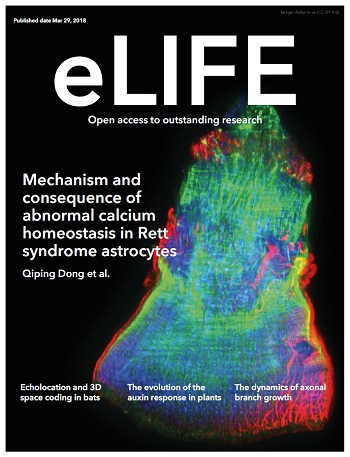对深海 Planctomycetes 细菌中首个厌氧培养代表的生理和代谢深入研究
IF 6.4
1区 生物学
Q1 BIOLOGY
引用次数: 0
摘要
Planctomycetes 细菌广泛分布于各种生物圈,在全球元素循环中发挥着关键作用。然而,目前培养的深海 Planctomycetes 成员很少,限制了我们对深海生物圈中 Planctomycetes 的了解。在这里,我们成功地从深海冷渗漏沉积物中培养出了一株新型平滑菌(菌株 ZRK32)。我们的基因组学、生理学和系统发生学分析表明,ZRK32 菌株是一个新物种,我们建议将其命名为:Poriferisphaera heterotera:Poriferisphaera heterotrophicis。我们发现菌株 ZRK32 采用出芽分化模式进行复制。根据生长测定和转录组分析的综合结果,我们发现丰富的营养物质或补充 NO3- 或 NH4+ 可促进三羧酸循环和恩伯登-梅耶霍夫-帕尔纳斯糖酵解途径产生能量,从而促进菌株 ZRK32 的生长。此外,补充 NO3- 或 NH4+ 可诱导菌株 ZRK32 以慢性方式释放噬菌体,而不会导致宿主细胞裂解。这种噬菌体使菌株 ZRK32 和我们研究的另一种海洋细菌能够通过辅助代谢基因的功能代谢氮。总之,这些发现扩大了我们对深海扁孢子菌的了解,同时突出了它们在被慢性病毒重新编程后代谢氮的能力。本文章由计算机程序翻译,如有差异,请以英文原文为准。
Physiological and metabolic insights into the first cultured anaerobic representative of deep-sea Planctomycetes bacteria
Planctomycetes bacteria are ubiquitously distributed across various biospheres and play key roles in global element cycles. However, few deep-sea Planctomycetes members have been cultivated, limiting our understanding of Planctomycetes in the deep biosphere. Here, we have successfully cultured a novel strain of Planctomycetes (strain ZRK32) from a deep-sea cold seep sediment. Our genomic, physiological, and phylogenetic analyses indicate that strain ZRK32 is a novel species, which we propose be named: Poriferisphaera heterotrophicis. We show that strain ZRK32 replicates using a budding mode of division. Based on the combined results from growth assays and transcriptomic analyses, we found that rich nutrients, or supplementation with NO3- or NH4+ promoted the growth of strain ZRK32 by facilitating energy production through the tricarboxylic acid cycle and the Embden-Meyerhof-Parnas glycolysis pathway. Moreover, supplementation with NO3- or NH4+ induced strain ZRK32 to release a bacteriophage in a chronic manner, without host cell lysis. This bacteriophage then enabled strain ZRK32, and another marine bacterium that we studied, to metabolize nitrogen through the function of auxiliary metabolic genes. Overall, these findings expand our understanding of deep-sea Planctomycetes bacteria, while highlighting their ability to metabolize nitrogen when reprogrammed by chronic viruses.
求助全文
通过发布文献求助,成功后即可免费获取论文全文。
去求助
来源期刊

eLife
BIOLOGY-
CiteScore
12.90
自引率
3.90%
发文量
3122
审稿时长
17 weeks
期刊介绍:
eLife is a distinguished, not-for-profit, peer-reviewed open access scientific journal that specializes in the fields of biomedical and life sciences. eLife is known for its selective publication process, which includes a variety of article types such as:
Research Articles: Detailed reports of original research findings.
Short Reports: Concise presentations of significant findings that do not warrant a full-length research article.
Tools and Resources: Descriptions of new tools, technologies, or resources that facilitate scientific research.
Research Advances: Brief reports on significant scientific advancements that have immediate implications for the field.
Scientific Correspondence: Short communications that comment on or provide additional information related to published articles.
Review Articles: Comprehensive overviews of a specific topic or field within the life sciences.
 求助内容:
求助内容: 应助结果提醒方式:
应助结果提醒方式:


